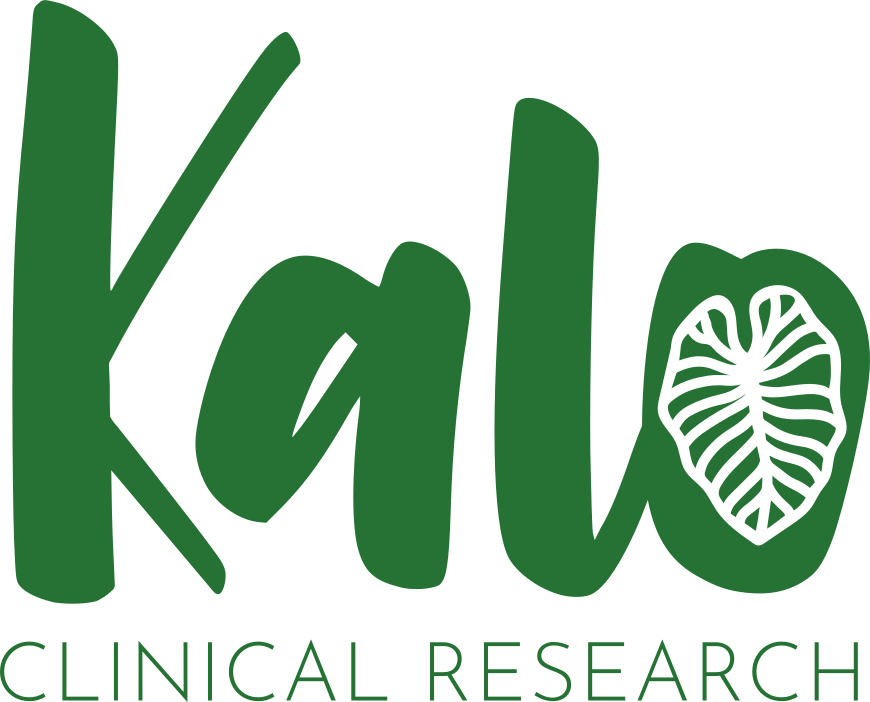The Path to New Treatments
Welcome, readers! Today, we embark on an enlightening journey from the lab bench to the bedside, exploring how a drug transitions from an idea to a fully approved treatment. This voyage through clinical trials is both complex and fascinating, playing a crucial role in ensuring that new treatments are safe and effective.
The Conception: Drug Discovery and Development
The journey begins in the research lab, where scientists explore new compounds and their effects on disease. This stage involves a combination of computer models, lab tests, and sometimes serendipity. The aim is to identify a promising candidate that can modify a disease process effectively.
Preclinical Testing: The First Hurdle
Before a drug can be tested in humans, it must undergo preclinical testing in the lab and on animals. This step is critical to understand the drug’s safety profile, how it’s absorbed, metabolized, and excreted, and its potential effectiveness against the intended disease.
Phase I: Safety First
The first phase of clinical trials involves a small group of healthy volunteers (except for oncology drugs, where patients with the target cancer are used). The primary goal here is to assess the drug’s safety, determine a safe dosage range, and identify side effects.
Phase II: Efficacy and Side Effects
Phase II trials involve a larger group of participants who have the disease or condition the drug is designed to treat. This phase aims to evaluate the drug’s efficacy, further assess its safety, and determine the optimal dose for treatment.
Phase III: Confirmatory Trials
In Phase III, the drug is given to even larger groups of people to confirm its effectiveness, monitor side effects, compare it to commonly used treatments, and collect information that will allow the drug to be used safely.
FDA Review: The Final Verdict
After successful completion of all three phases, the drug manufacturer submits a New Drug Application (NDA) to the Food and Drug Administration (FDA). The FDA then reviews the data collected from the clinical trials to decide whether the drug should be approved for public use.
Post-Market Surveillance: Monitoring After Approval
Even after a drug is approved, it’s still monitored for any unexpected adverse effects during widespread use. This phase is known as Phase IV or post-market surveillance, ensuring long-term safety and effectiveness.
The Importance of Clinical Trials
The journey of a drug through clinical trials is a testament to the rigorous processes in place to safeguard public health. These trials are the cornerstone of medical progress, ensuring that new treatments are both safe and beneficial.
FAQs
Q: How long does it take for a drug to go through clinical trials? A: The process can take anywhere from several years to over a decade, depending on the complexity of the trials and the drug’s effects.
Q: Can patients access drugs before they are approved? A: In certain cases, patients might access drugs through compassionate use programs or expanded access programs, but these are exceptions rather than the rule.
Q: What happens if a drug fails in clinical trials? A: If a drug fails at any stage due to safety concerns or lack of effectiveness, it is usually withdrawn from development.
Q: How much does it cost to bring a drug to market? A: The cost can run into the billions of dollars, factoring in the many years of research, development, and the clinical trial process.
Q: Why do some drugs get fast-tracked by the FDA? A: Drugs that show promise in treating serious conditions with unmet medical needs may be fast-tracked to provide patients with quicker access to treatments.
The journey from lab bench to bedside is a pivotal process that ensures new treatments are both safe and effective. By understanding how clinical trials work, we can appreciate the careful consideration and effort that goes into every medication we use.

